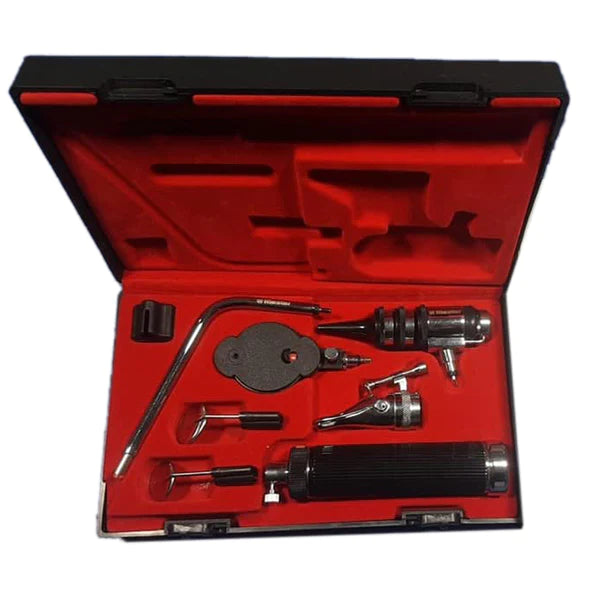In the field of ophthalmology, precise diagnosis and assessment are important for ensuring optimal eye health. Diagnostic instruments play an important role in helping eye care professionals identify and address various eye conditions. This blog post will dive into the essential diagnostic instruments used in ophthalmology, highlighting their significance in ensuring accurate assessments and diagnoses.
Optical Coherence Tomography (OCT)
One of the revolutionary tools in ophthalmology is Optical Coherence Tomography (OCT). This non-invasive imaging technique provides high-resolution cross-sectional images of the retina, allowing eye care specialists to visualize the layers of the eye in detail. OCT aids in the early detection of conditions such as macular degeneration, glaucoma, and diabetic retinopathy, enabling timely intervention and management.
Fundus Photography
Fundus photography is another invaluable diagnostic tool used by ophthalmologists. This imaging technique captures detailed images of the back of the eye, including the retina and optic nerve. These images help in documenting and monitoring various eye conditions, such as retinal detachment and vascular disorders. In addition, fundus photography plays a vital role in patient education, allowing individuals to better understand their eye health.
Automated Perimetry
For assessing visual field defects, automated perimetry is a vital diagnostic instrument. This test measures the sensitivity of a patient's visual field, helping identify abnormalities that may be indicative of conditions like glaucoma. Early detection through automated perimetry enables timely intervention to prevent further vision loss.
Slit Lamp Biomicroscope
The slit lamp biomicroscope is an essential tool for a comprehensive eye examination. This microscope allows eye care professionals to examine the anterior and posterior segments of the eye with enhanced magnification and illumination. The detailed examination facilitated by the slit lamp is important for diagnosing conditions such as cataracts, corneal ulcers, and conjunctivitis.
Tonometry
Tonometry is employed to measure intraocular pressure (IOP), a key factor in diagnosing and managing glaucoma. Raised IOP can lead to optic nerve damage and vision loss. Various tonometry methods, including applanation and air puff tonometry, help eye care specialists accurately measure IOP and initiate appropriate treatment plans.
A-scan and B-scan Ultrasound
A-scan and B-scan ultrasounds are valuable diagnostic tools for evaluating the structure of the eye, particularly in cases where direct visualization may be challenging. A-scan ultrasound measures the length of the eye, aiding in the calculation of intraocular lens power for cataract surgery. B-scan ultrasound provides cross-sectional images, assisting in the diagnosis of conditions such as retinal detachment and intraocular tumors.
Diagnostic instruments in ophthalmology are indispensable for ensuring accurate assessments and diagnoses. These tools empower eye care professionals to detect and manage various eye conditions promptly. As technology continues to advance, so too will the capabilities of diagnostic instruments, further enhancing the precision and effectiveness of ophthalmic care.
To explore a wide range of high-quality ophthalmic instruments for accurate diagnosis and assessment, consider the offerings at Peak Surgicals. Our commitment to providing advanced tools ensures that eye care professionals in the USA have access to the latest advancements in ophthalmic diagnostics. Trust Peak Surgicals for excellence in ophthalmic instruments that prioritize accuracy and patient wellness.
